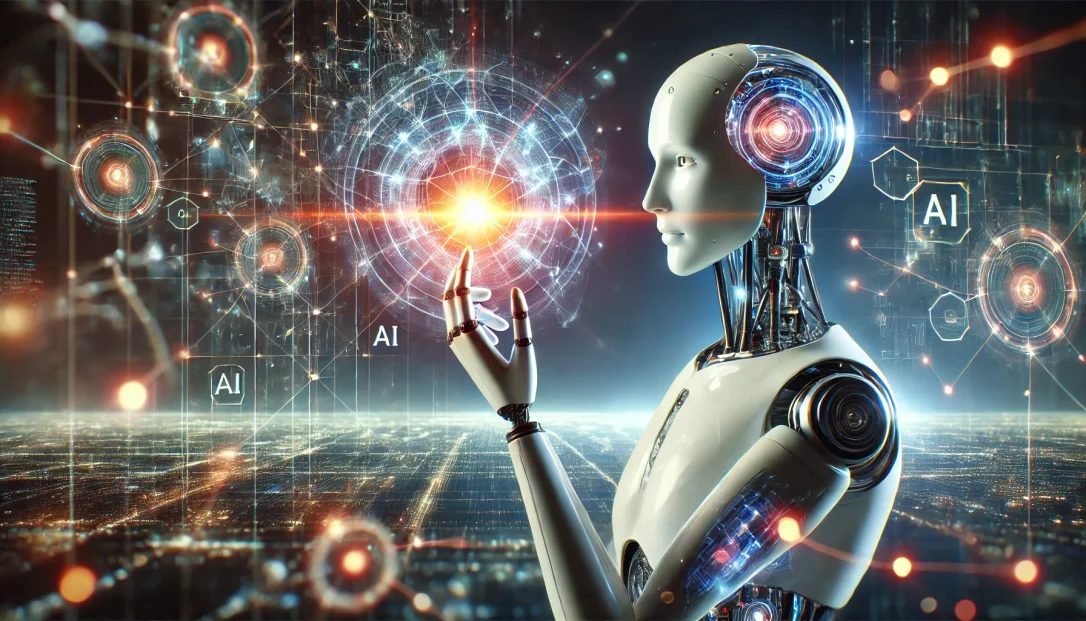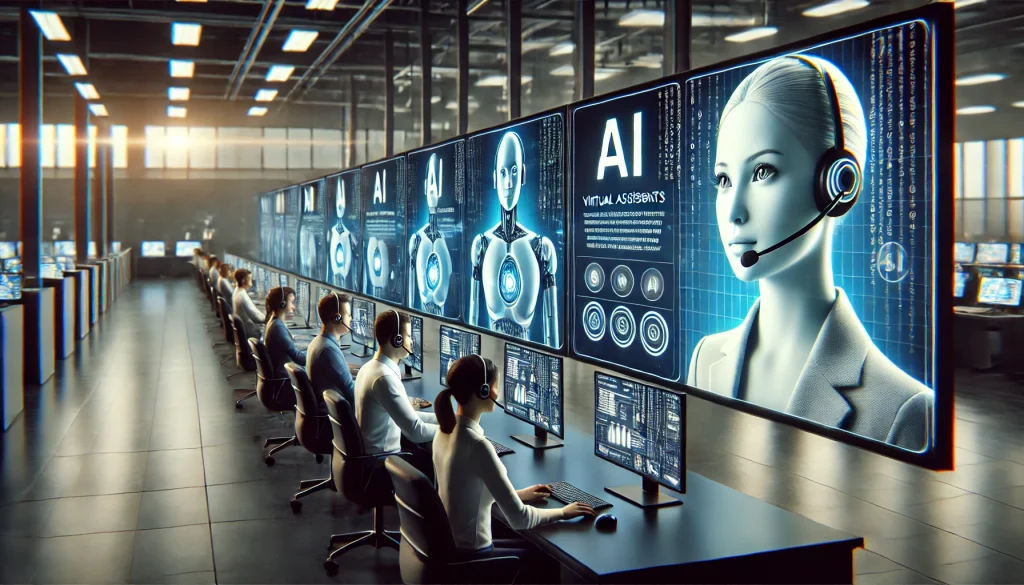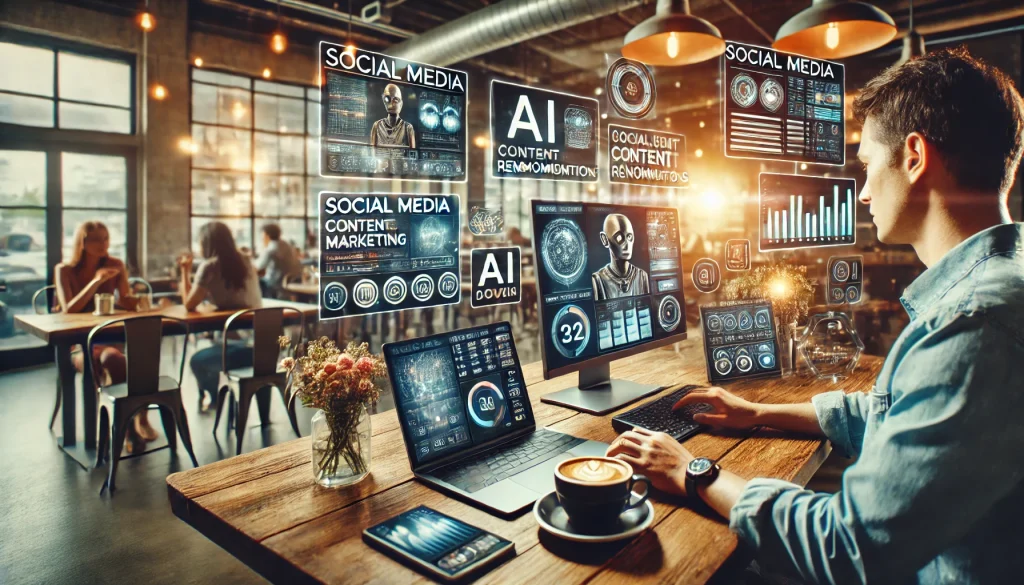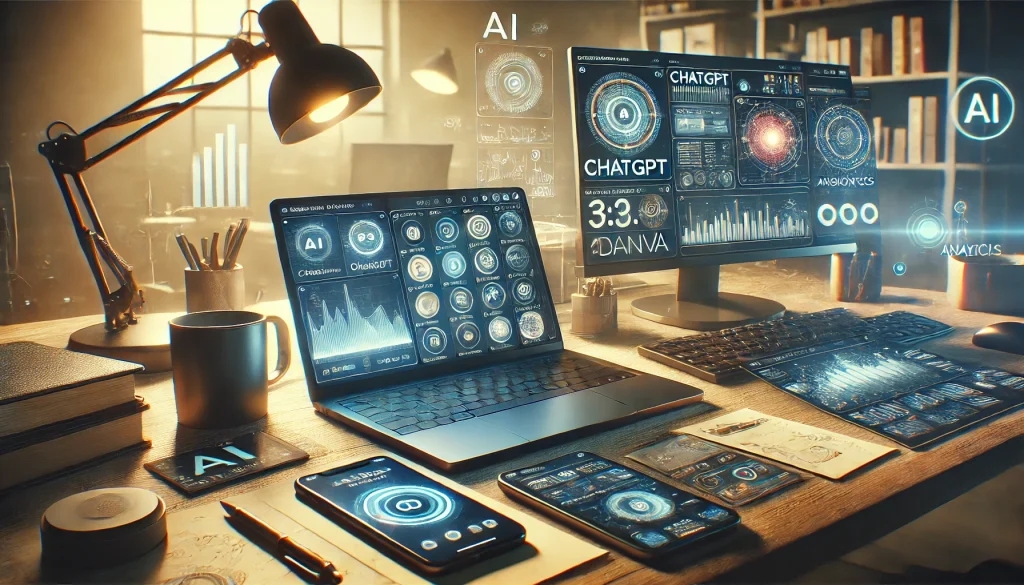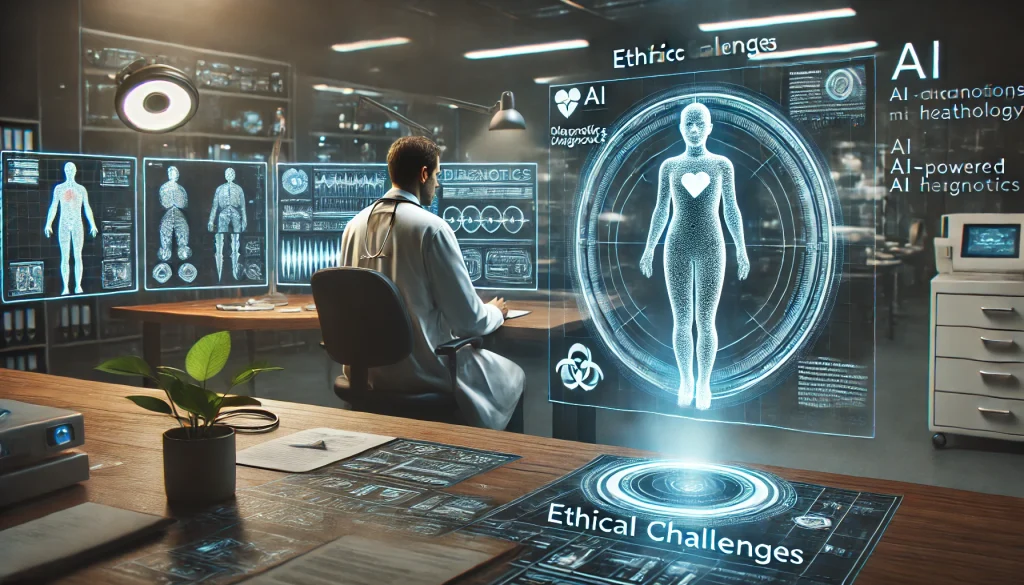Artificial Intelligence (AI) is no longer a futuristic concept—it’s here and transforming the way we live, work, and interact with the world around us. From the smartphones in our hands to the services we use daily, AI is everywhere. But what exactly is AI, and why is it considered such a revolutionary force in today’s world?
In this blog post, we’ll break down the basics of AI, explain why it matters so much, and explore how it’s changing industries and shaping the future. This is the first step in our 60-day journey from beginner to AI expert, so let’s dive in!
1. What Is AI?
At its core, Artificial Intelligence refers to machines or computer systems that can perform tasks typically requiring human intelligence. These tasks include decision-making, problem-solving, learning, and understanding natural language. The goal of AI is to enable machines to process data, make decisions, and act in ways that mimic human reasoning and logic.
AI systems are built using algorithms, which are sets of rules or instructions that help the machine process information and make decisions based on that information. As these systems are exposed to more data, they become better at recognizing patterns and making predictions—a process called machine learning.
But AI isn’t just about making machines “smart”—it’s about creating systems that can continuously learn, adapt, and improve over time.
2. A Brief History of AI
AI has been a topic of fascination for decades, with early references appearing in science fiction as far back as the 1950s. The term “artificial intelligence” was coined by John McCarthy in 1956 during a conference at Dartmouth College. Since then, AI has evolved from basic problem-solving systems to complex neural networks capable of performing highly sophisticated tasks.
In the early days, AI was limited by computing power and data availability. But as technology advanced, AI systems became more powerful, capable of processing massive amounts of data and performing tasks once thought impossible.
3. How Does AI Work?
AI works by using large amounts of data and sophisticated algorithms to create models that can make predictions or decisions. These models are created through a process called training, where the AI system is fed data and learns to identify patterns and relationships within that data.
Once trained, AI systems can analyze new data and make decisions based on the patterns they’ve learned. For example, an AI system trained to recognize images of cats will be able to identify a cat in a picture it’s never seen before by comparing the new image to the patterns it learned during training.
4. The Different Types of AI
There are three broad categories of AI:
- Artificial Narrow Intelligence (ANI): This is the most common type of AI we encounter today. ANI systems are designed to perform specific tasks, such as facial recognition, language translation, or recommendation systems (like Netflix or Amazon).
- Artificial General Intelligence (AGI): AGI is a more advanced form of AI that can perform any intellectual task a human can. This type of AI does not yet exist but is the subject of much research and speculation.
- Artificial Superintelligence (ASI): ASI refers to AI systems that surpass human intelligence in all aspects. This is a theoretical concept that many see as a potential future development, but it comes with ethical and safety concerns.
5. Why Does AI Matter?
1. Automation and Efficiency
AI’s ability to automate repetitive tasks allows businesses and individuals to focus on more complex, creative, or strategic work. AI-powered automation is transforming industries like manufacturing, logistics, and customer service by speeding up processes and reducing human error.
2. Data Processing and Decision Making
AI can process vast amounts of data quickly, making it ideal for applications where speed and accuracy are essential. Financial institutions use AI to detect fraud, analyze market trends, and make investment decisions.
3. Personalization and Customer Experience
From personalized recommendations on streaming platforms to targeted ads on social media, AI is revolutionizing how businesses engage with customers. AI chatbots are becoming more sophisticated, handling customer inquiries quickly and efficiently.
6. AI in Everyday Life
AI is already integrated into many of the technologies we use daily, often without us realizing it. Virtual assistants like Siri and Alexa, recommendation algorithms on YouTube and Netflix, and even predictive text on your smartphone are all powered by AI.
Final Thoughts: AI is Here to Stay
Artificial Intelligence is not just a trend—it’s a revolution that’s shaping the future. From automating tasks to enhancing human capabilities, AI is making industries more efficient, data-driven, and personalized. While there’s still much to learn and discover about AI’s full potential, it’s clear that AI is here to stay and will play a crucial role in shaping the future.
As we continue on this 60-day journey to mastering AI, we’ll dive deeper into the world of machine learning, natural language processing, and advanced AI tools like ChatGPT. Stay tuned for tomorrow’s post where we’ll explore the history of AI and its evolution from concept to reality.

